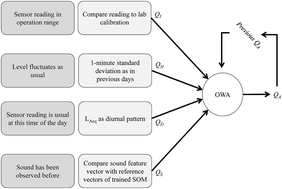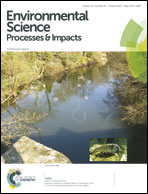Multi-criteria anomaly detection in urban noise sensor networks
Abstract
The growing concern of citizens about the quality of their living environment and the emergence of low-cost microphones and data acquisition systems triggered the deployment of numerous noise monitoring networks spread over large geographical areas. Due to the local character of noise pollution in an urban environment, a dense measurement network is needed in order to accurately assess the spatial and temporal variations. The use of consumer grade microphones in this context appears to be very cost-efficient compared to the use of measurement microphones. However, the lower reliability of these sensing units requires a strong quality control of the measured data. To automatically validate sensor (microphone) data, prior to their use in further processing, a multi-criteria measurement quality assessment model for detecting anomalies such as microphone breakdowns, drifts and critical outliers was developed. Each of the criteria results in a quality score between 0 and 1. An ordered weighted average (OWA) operator combines these individual scores into a global quality score. The model is validated on datasets acquired from a real-world, extensive noise monitoring network consisting of more than 50 microphones. Over a period of more than a year, the proposed approach successfully detected several microphone faults and anomalies.


 Please wait while we load your content...
Please wait while we load your content...